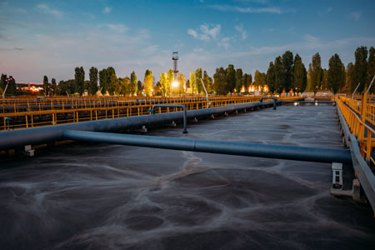Challenging Aeration Design Standards Results In Lower Cost, Higher Performance

Aeration is one of the most energy-intensive components of wastewater treatment. As such, it is critical to run blowers in a way that delivers the correct amount of airflow to the aerobic processes. Unfortunately, not all aeration designs and control systems offer a sufficient degree of control accuracy or adaptability to address changes in loading and other wastewater conditions. Large swings can cause conventional pressure-based aeration control systems to struggle, resulting in excess energy usage and inadequate nutrient removal.
The city of Brockton, MA, resolved this by challenging conventional aeration design. The city’s wastewater treatment plant (WWTP) retired its manually assisted pressure-based blower control system in favor of a high-efficiency high-performance airflow-based aeration control system. This upgrade, paired with a rightsizing of their blower equipment, resulted in a far more energy-efficient process and produced a higher quality effluent. High levels of automation also introduced labor efficiencies, that added to the total operational cost savings.
Get unlimited access to:
Enter your credentials below to log in. Not yet a member of Water Online? Subscribe today.
